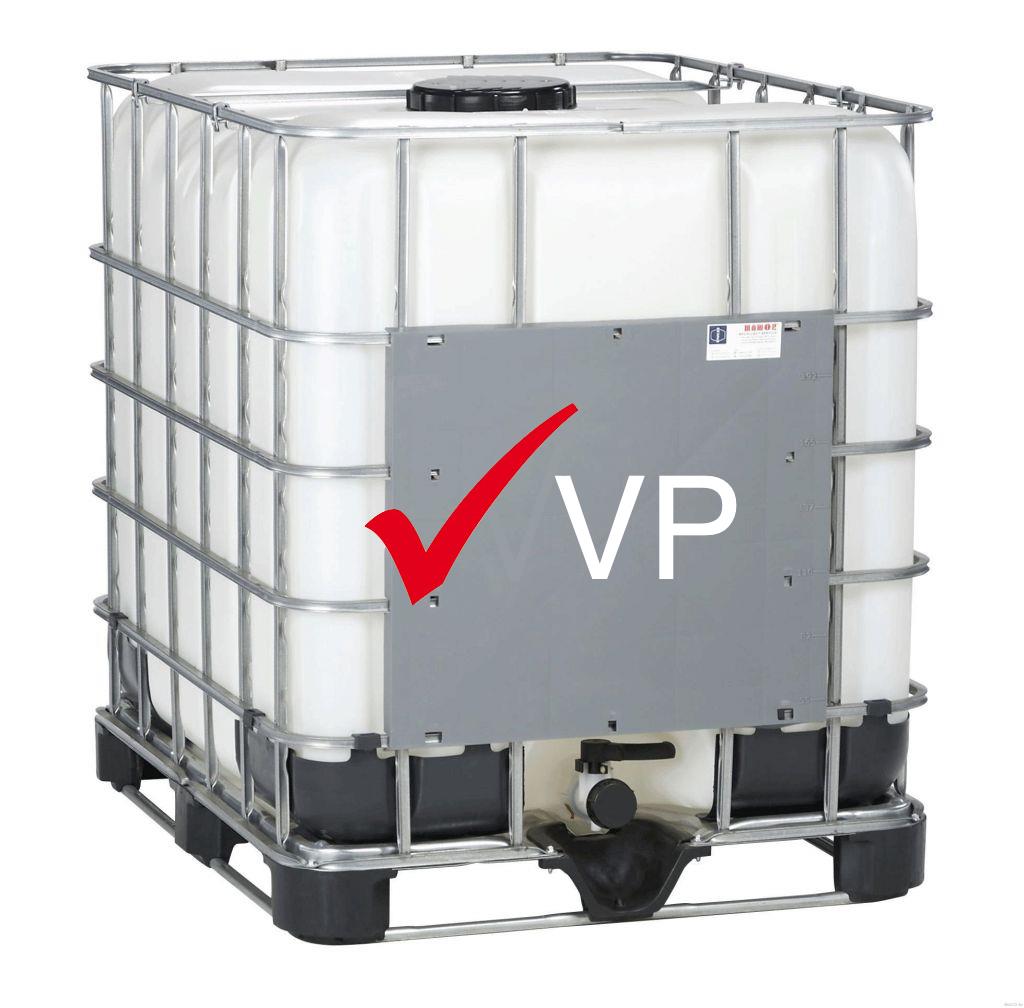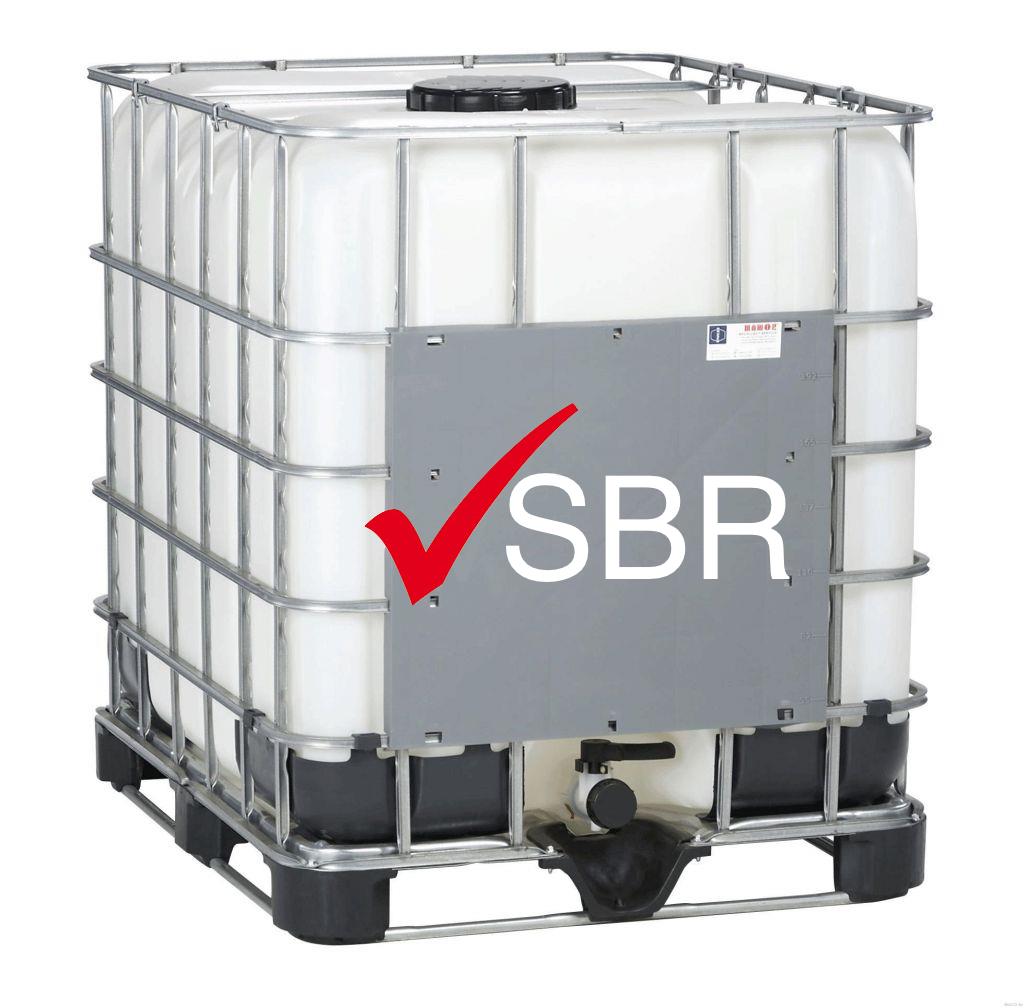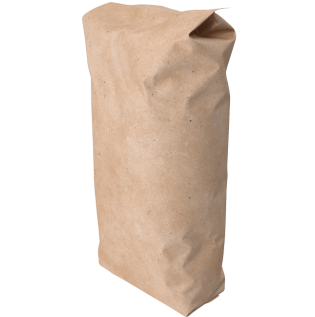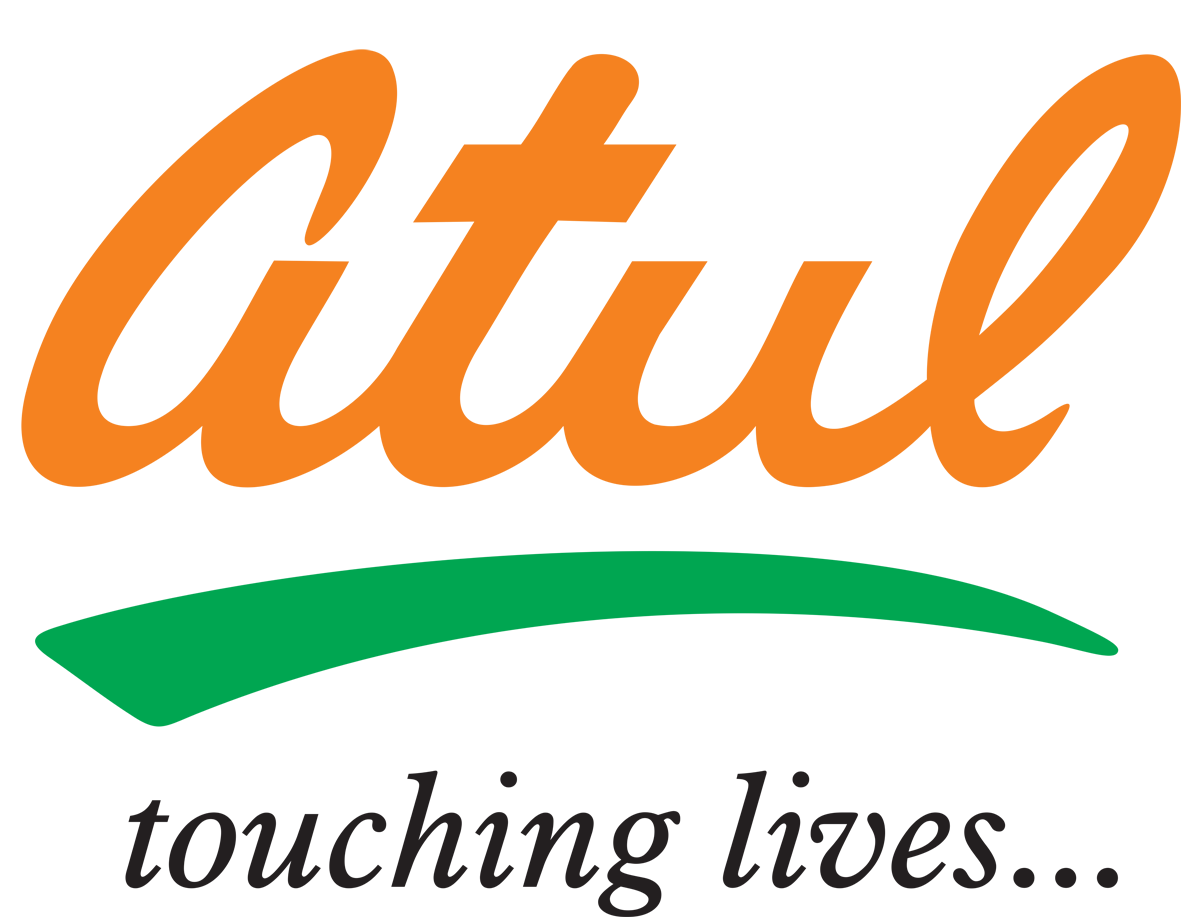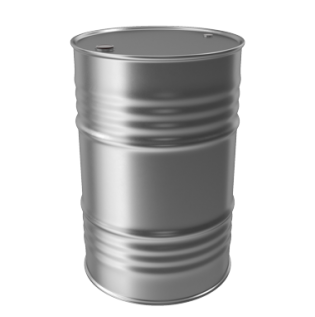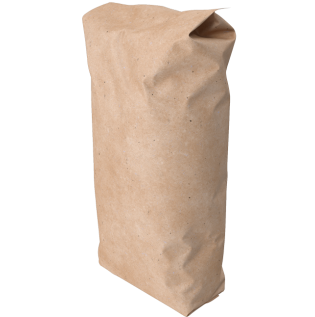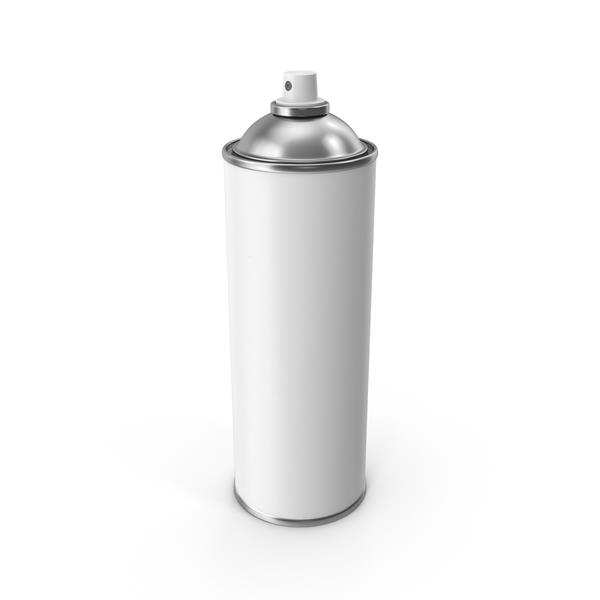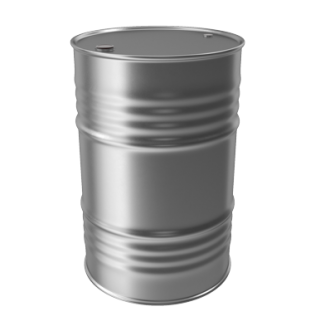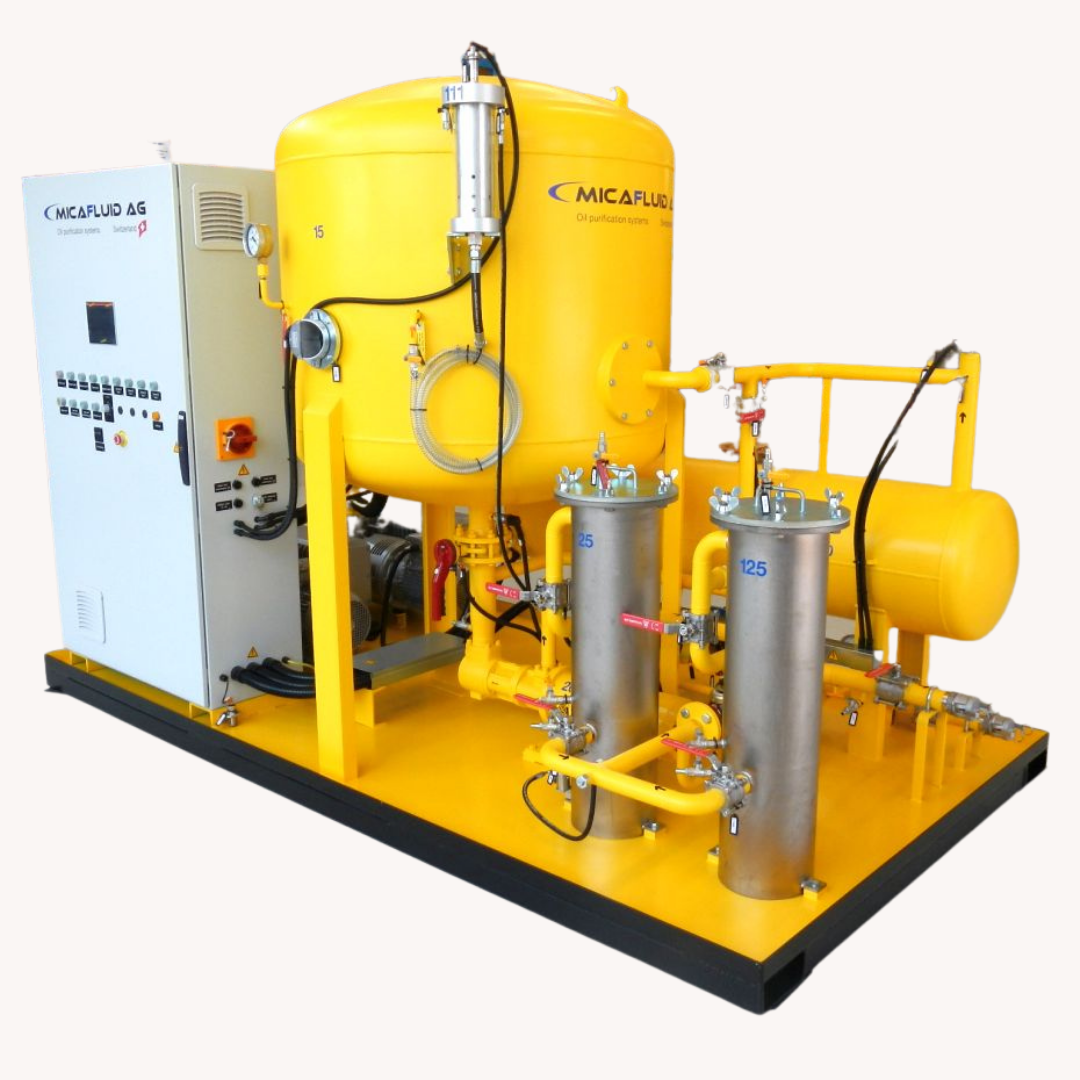Siyanoakrilat Yapıştırıcılar Hakkında
About Cyanoacrylate Adhesives
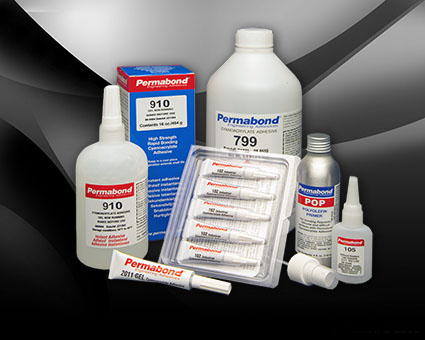
Permabond still manufactures the original cyanoacrylate formulation Permabond 910 (previously Eastman 910). The name 910, comes from counting to 10 as the inventor determined that the product sets between 9 and 10 seconds.
Since that original methyl cyanoacrylate formulation, Permabond has expanded the versatility of its cyanoacrylate product line to include a tremendous number of formulations, each with unique characteristics that overcome specific design and manufacturing challenges. Including more methyl cyanoacrylates, and also, ethyl cyanoacrylates, alkoxy alkyl cyanoacrylates, and more.
Permabond cyanoacrylates are ideal for bonding materials such as metal, rubber, composite, plastic, silicone, and many more substrates. New formulations continue to eliminate design challenges encountered by engineers trying to bond difficult plastics such as polypropylene, polyethylene, PTFE, and other polyolefins. Permabond’s high-performance industrial cyanoacrylate adhesives that are available provide very fast set times, a range of viscosity choices as well as non-blooming / low odor formulations, and products with very high-temperature resistance.
What is Cyanoacrylate?
Simply put, cyanoacrylate is an acrylic monomer that cures to a ‘plastic’.
How Do Cyanoacrylate Adhesives Work?
Permabond’s cyanoacrylate adhesives (also called instant adhesives or super glue) cure by reacting to very small amounts of moisture on the surface of the components being bonded. That’s it – no ovens, no mixing, no specialty curing equipment – they simply cure from the residual moisture naturally occurring on the surface of the components. Permabond recognizes that in applications such as wire tacking and tamper-proofing the adhesive is not compressed between two surfaces. For this type of application where the adhesive is exposed, activators are available. Simply spray the activator on the exposed cyanoacrylate to instantly cure it. Cyanoacrylate activators can also be used on very dry or acidic parts or to facilitate cure prior to wicking into porous substrates.
Key features
- Gap fill ranges for cyanoacrylates are 0.015mm (0.006″) to 0.5mm (0.02″).
- Temperature resistance ranges from -55 to +250°C (-55 to +482°F).
- Viscosity ranges from wicking grade to thixotropic no flow gel
Specialty Grades
- Metal Bonding
- Plastic Bonding
- Low Odor – Non-Blooming
- Surface Insensitive – for Acidic Surfaces
- High-Temperature Resistant
- Toughened – for Improved Impact Resistance
- NSF Non-Food Compound P1
Whether you are using cyanoacrylates for bonding, sealing, tamper-proofing, wire tacking, or simply as a manufacturing aid while you wait for another adhesive to set, Permabond’s research and development team continually push the limits of cyanoacrylate technology.
Highlights of a few products follow …
High-Temperature Resistance
Permabond products 919, 920, and 922 resist up to 250°C (482°F) after a secondary heat cure. Permabond 820 offers the highest temperature resistance the technology will withstand 200°C (390°F) without a secondary heat cure.
No Drip Gel
Permabond has many very high viscosity cyanoacrylates and offers a true thixotropic gel adhesive. This thixotropic gel was specially formulated for applications that require the adhesive to stay in place even on vertical surfaces. The gel is also surface insensitive so it bonds a wide variety of substrates including acidic substrates.
Non-Blooming and Low Odor
Blooming can be seen as a fine white residue that surrounds the bond area. Permabonds 940 series is non-blooming and virtually odor-free. Permabond’s chemists perfected the low odor technology so the adhesives are fast curing and provide high strength to a variety of surfaces.
Impact Resistance
By nature, cyanoacrylates are not incredibly impact resistant. Permabond’s toughened grades, Permabond 731, 735, and 737 provide the ultimate impact and peel resistance. They were initially designed for flexible substrates but the added flexibility and toughness of these products provide even greater shear strength on rigid materials like steel. Permabond 735 and 737 are opaque black and Permabond 731 is crystal clear.
NSF Non-Food Compound P1
Permabond 2011 Gel is listed on the NSF non-food compounds registry. Permabond 2011 is a non-sag, non-drip, thixotropic gel that forms strong bonds to metal, plastics, elastomers, ceramics, and wood. This product has excellent gap-fill capability, {(0.50mm) 0.020 in} and develops strength rapidly. Handling time can be achieved in less than 10 seconds. Once fully cured the bonds are high temperature resistant {(-55 to +120°C) -65 to +250°F} and have good resistance to non-polar solvents. In addition to Permabond 2011 now registered as NSF P1, Permabond has several products listed to NSF/ANSI 61 for potable water as well as epoxies that comply with the FDA Food Grade Codes CFR 175.105 and 175.300.





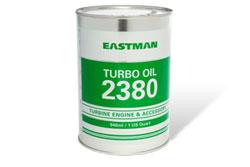
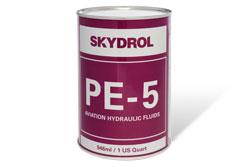
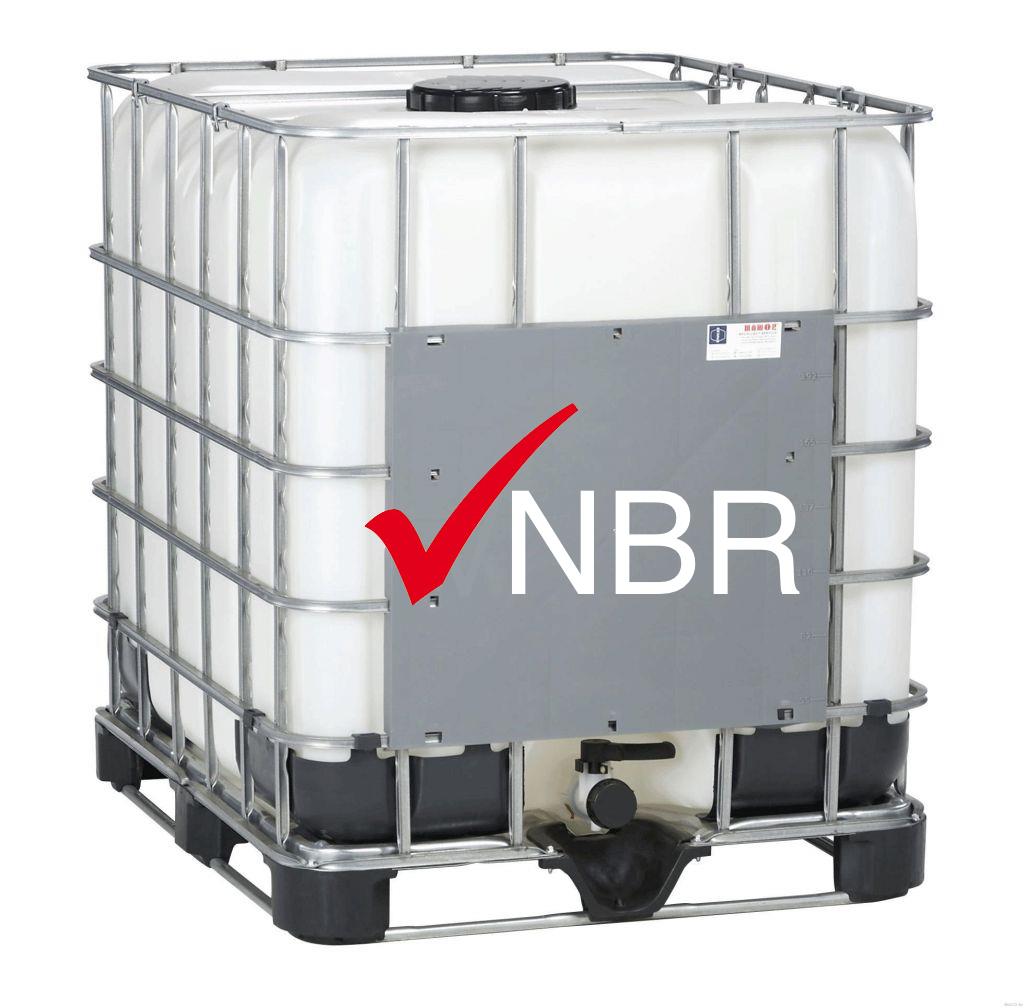
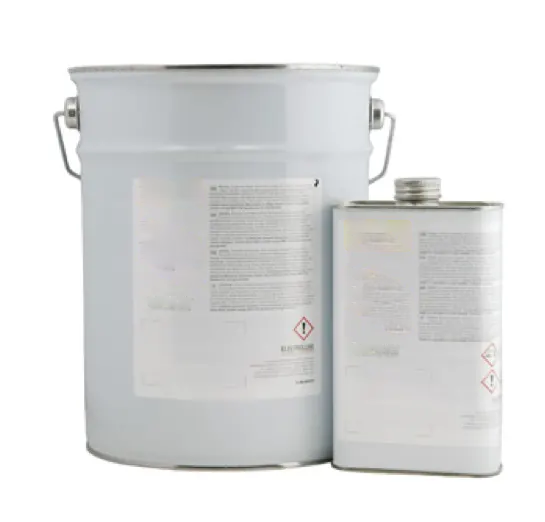
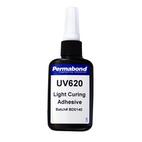
 Permabond
Permabond DEMAK
DEMAK Therminol
Therminol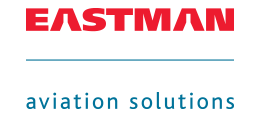 Eastman Aviation
Eastman Aviation LEFA
LEFA Marlotherm
Marlotherm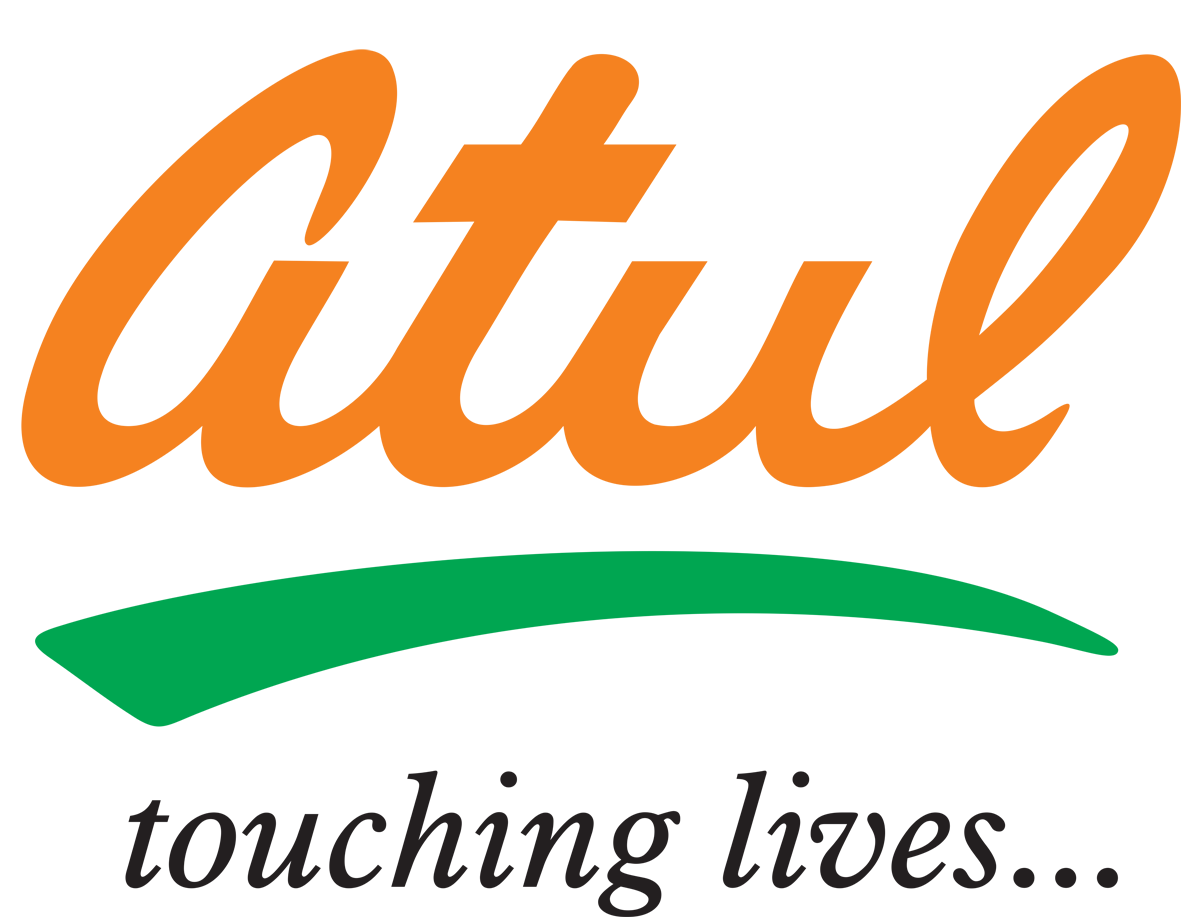 Atul
Atul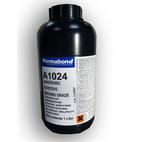 Anaerobik
Anaerobik
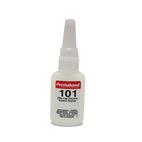 Siyanoakrilatlar
Siyanoakrilatlar
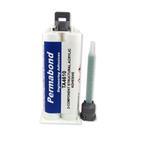 Yapısal Akrilikler
Yapısal Akrilikler
 Çift Komponentli Epoksiler
Çift Komponentli Epoksiler
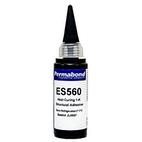 Tek Komponentli Epoksiler
Tek Komponentli Epoksiler
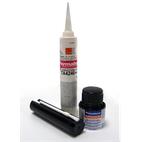 Poliüretan Yapıştırıcılar
Poliüretan Yapıştırıcılar
 UV Yapıştırıcılar
UV Yapıştırıcılar
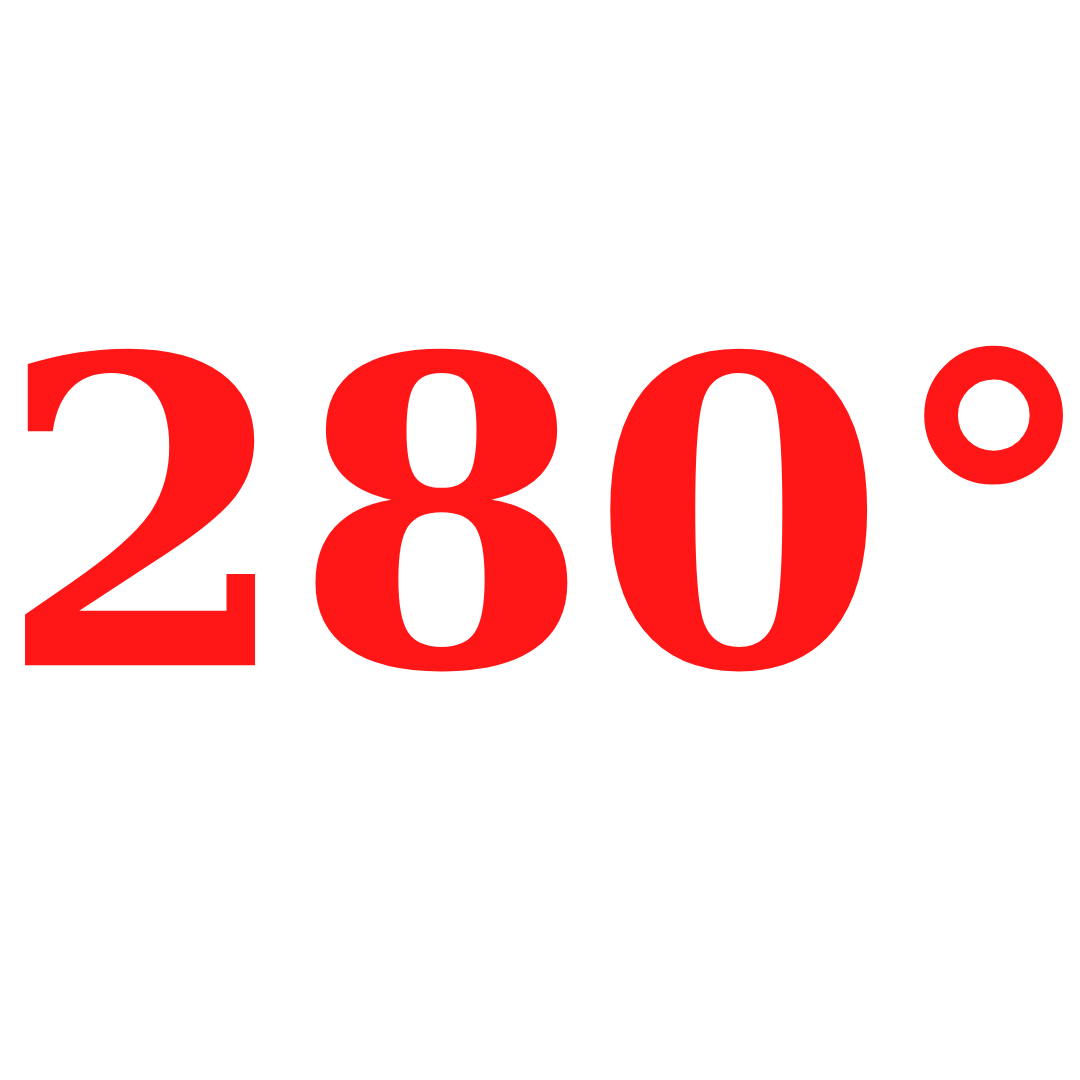 Düşük Sıcaklık
Düşük Sıcaklık
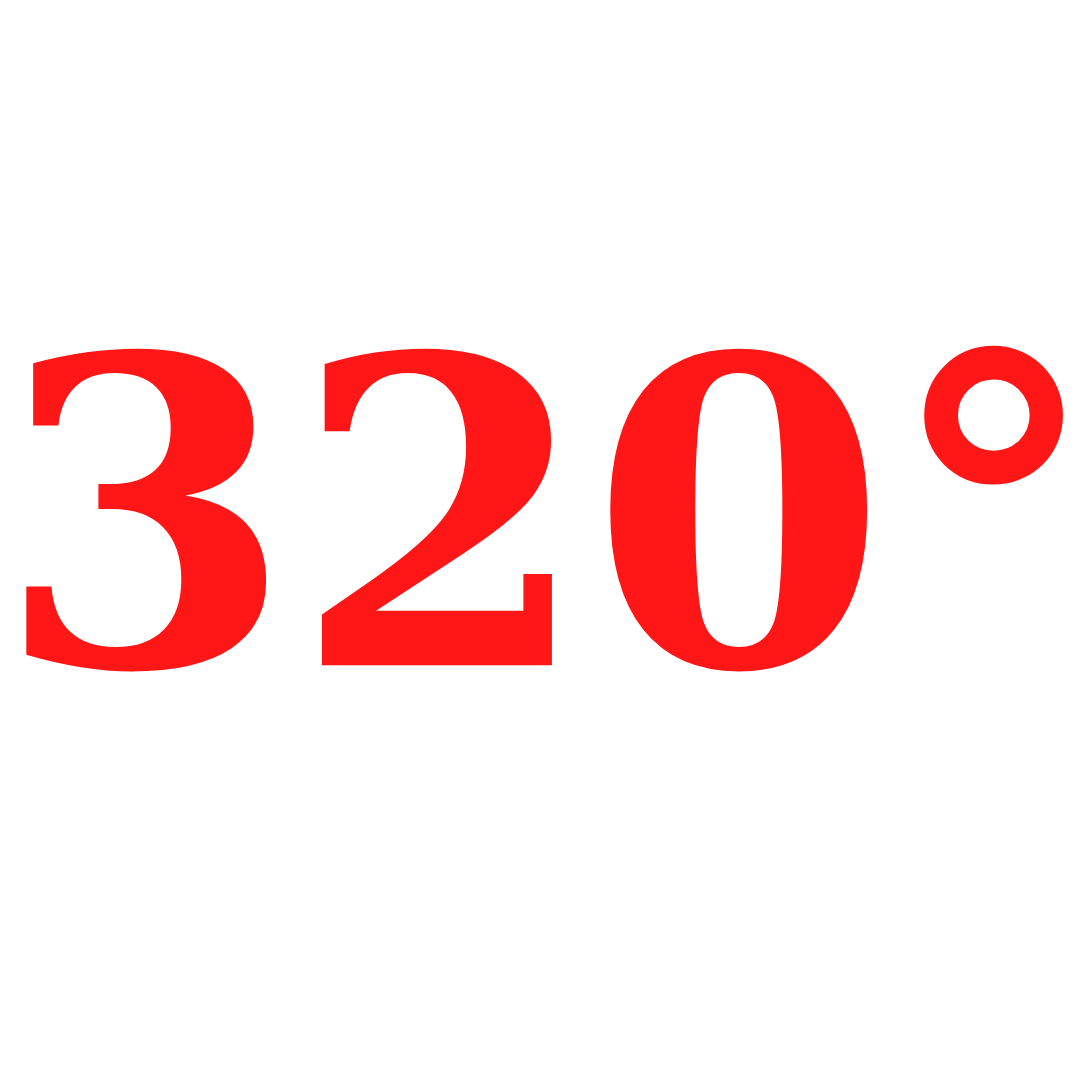 Orta Sıcaklık
Orta Sıcaklık
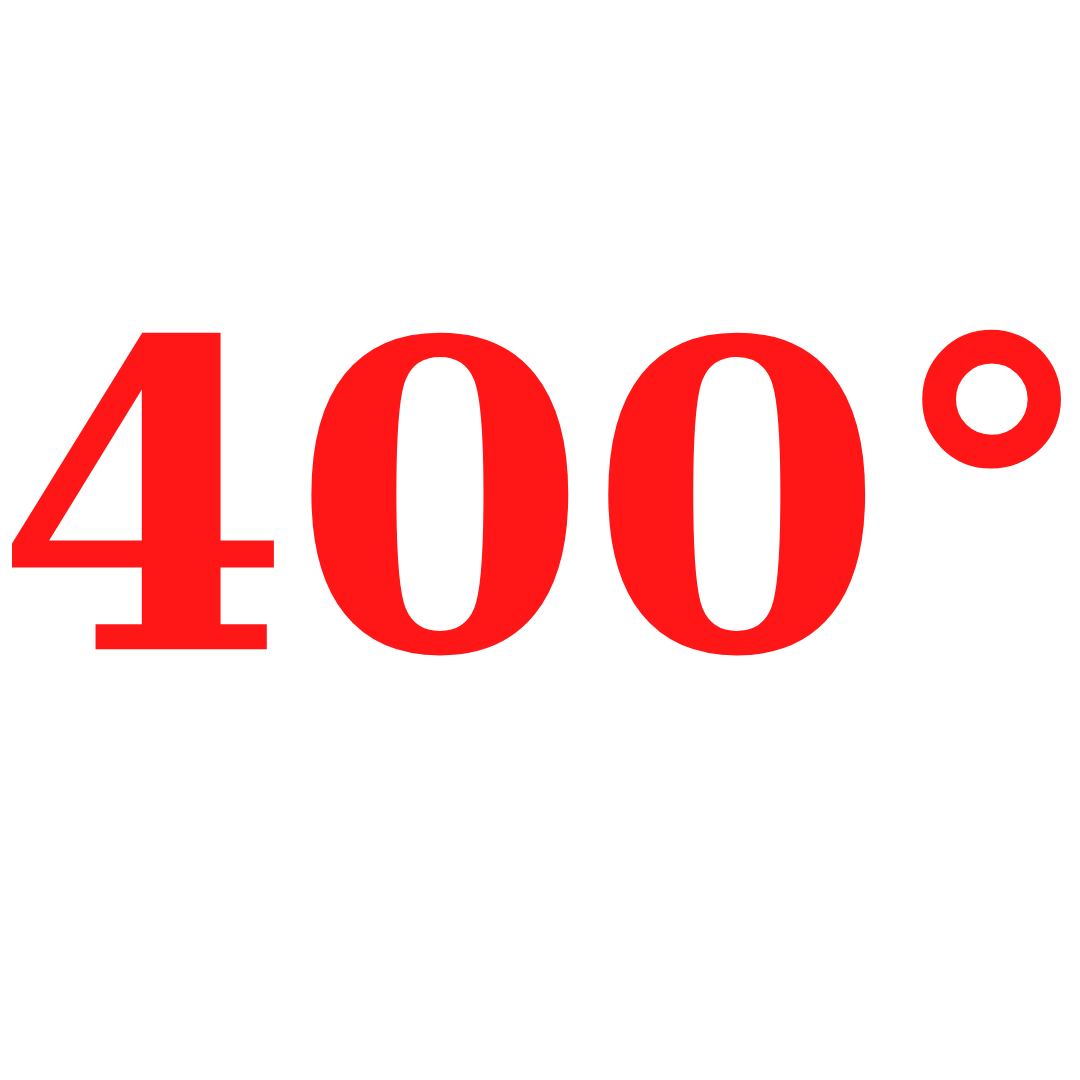 Yüksek Sıcaklık
Yüksek Sıcaklık
 Buhar Fazı
Buhar Fazı
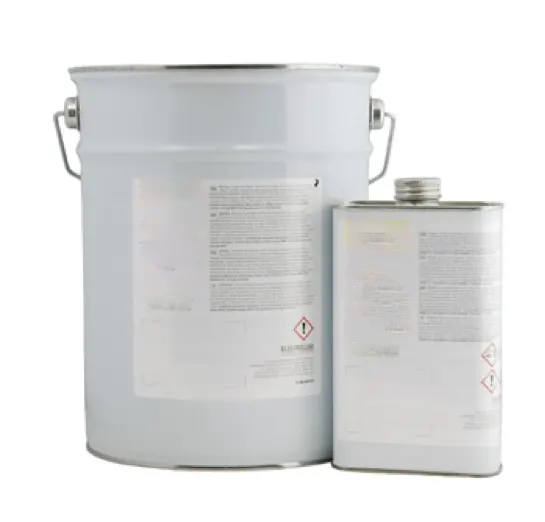
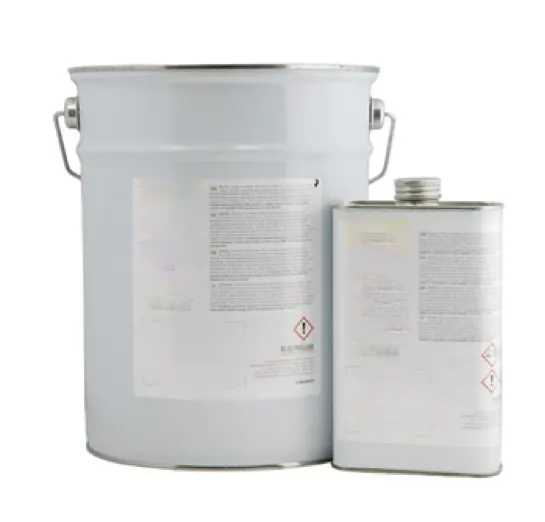
.png)
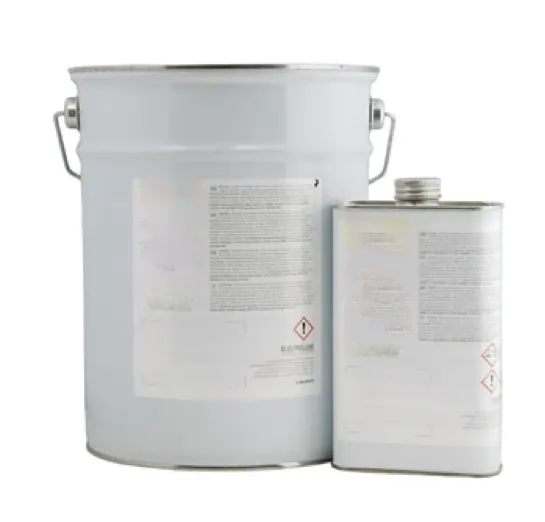
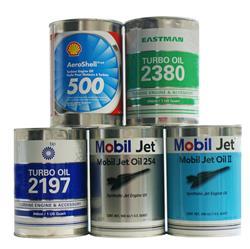 Türbin Yağları
Türbin Yağları
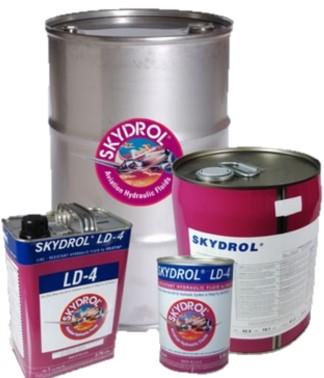 Hidrolik Yağları
Hidrolik Yağları
 Temizleyiciler
Temizleyiciler
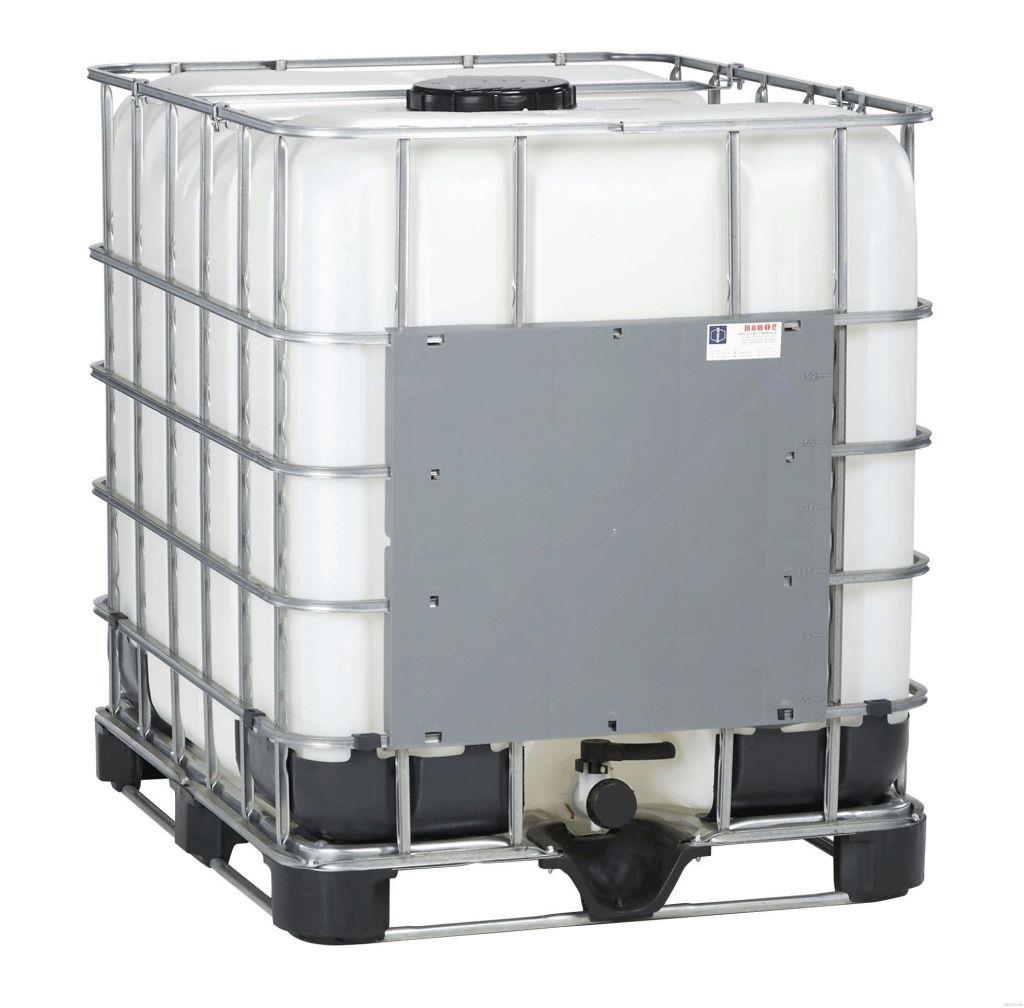 Buz Çözücü (De-icer)
Buz Çözücü (De-icer)
